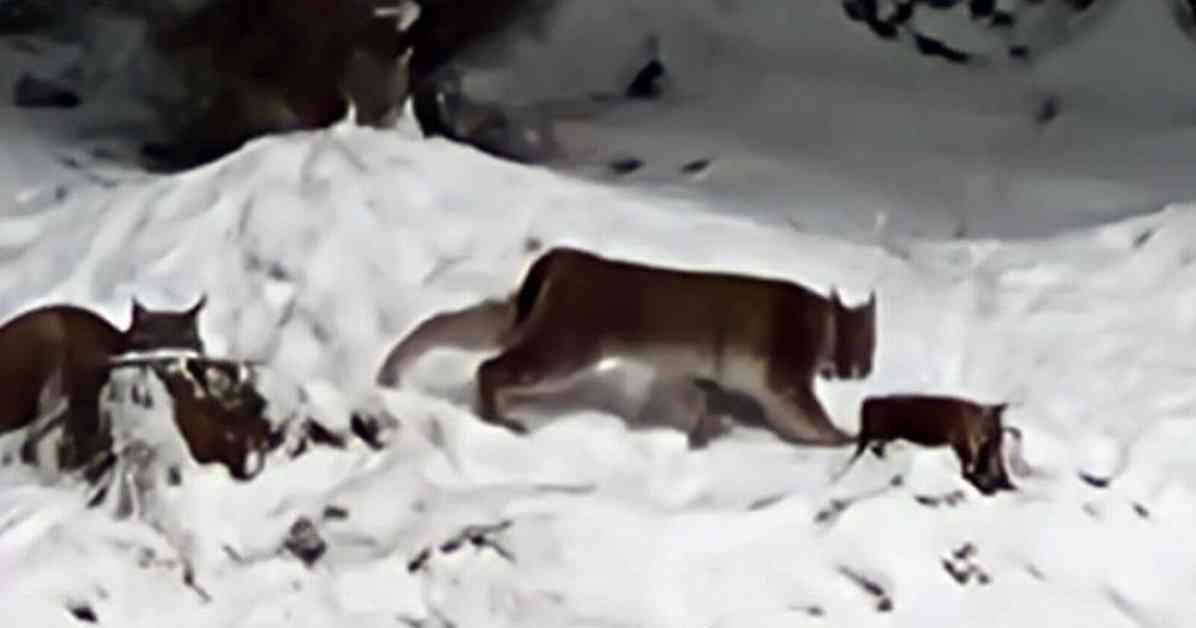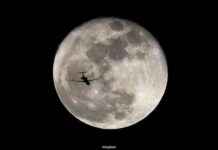Two Lynx Successfully Recaptured in Scottish Highlands
In a thrilling turn of events, two lynx that were illegally released into the Scottish Highlands have been successfully recaptured, thanks to the efforts of the Royal Zoological Society of Scotland (RZSS) and Police Scotland. The lynx, which were on the loose in the area, have been safely trapped and are now in quarantine facilities at Highland Wildlife Park in Cairngorms.
The Capture
The RZSS, with assistance from Police Scotland, managed to trap the lynx overnight in a humane manner, ensuring the safety of both the animals and the public. The operation was a collaborative effort between RZSS experts and local staff, leading to a swift and positive resolution in capturing the elusive creatures. David Field, RZSS chief executive, condemned the illegal release of the lynx, emphasizing the irresponsible nature of such actions.
Future Plans for the Lynx
David Barclay, manager of the RZSS Saving Wildcats team, discussed the potential future for the captured lynx, suggesting that they may find a permanent home at Highland Wildlife Park. The lynx will undergo health checks at Edinburgh Zoo before a decision is made regarding their long-term placement. This process ensures the well-being of the animals and compliance with biosecurity laws.
Community Collaboration
The successful recapture of the two lynx highlights the importance of community collaboration and the dedication of wildlife conservation experts. The public’s vigilance and cooperation played a crucial role in ensuring the safety of both the lynx and the community. Moving forward, RZSS continues to urge anyone with information about the illegal release of the lynx to contact Police Scotland.
This heart-pounding wildlife success story serves as a reminder of the delicate balance between human actions and the natural world. It showcases the resilience of wildlife experts and law enforcement in safeguarding endangered species and protecting the environment for future generations to enjoy. The ‘Killiehuntly Two’ may have had a tumultuous journey, but their capture represents a triumph of conservation efforts and a beacon of hope for the future of Scotland’s wildlife.


